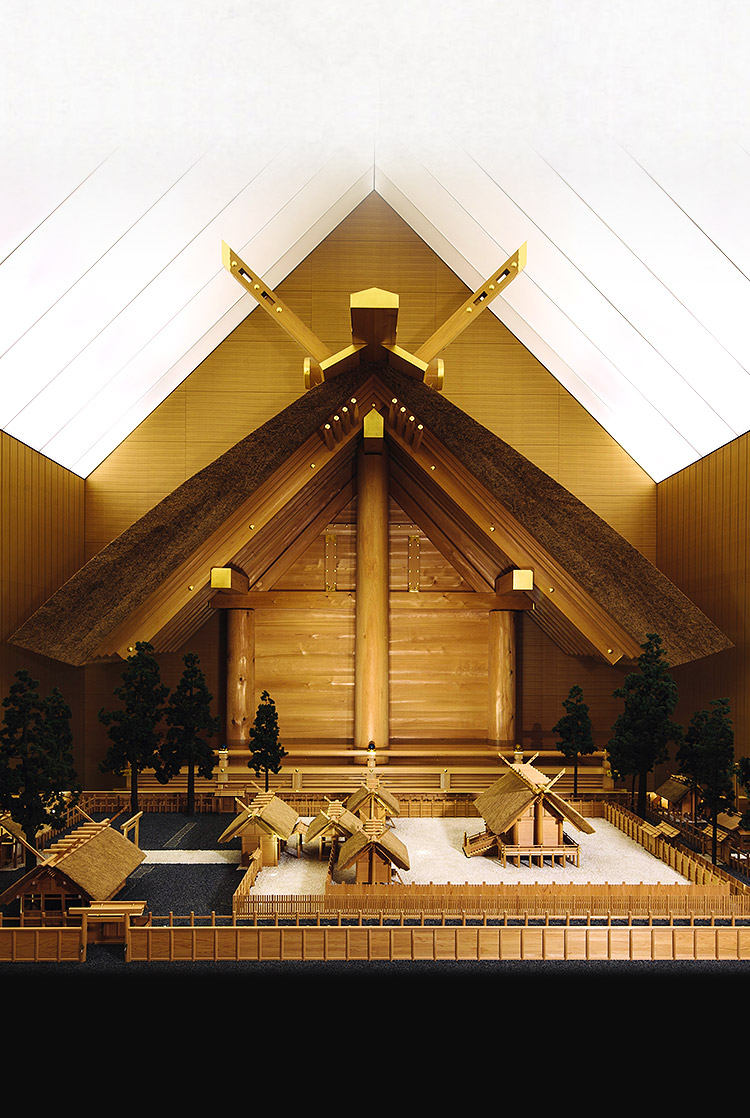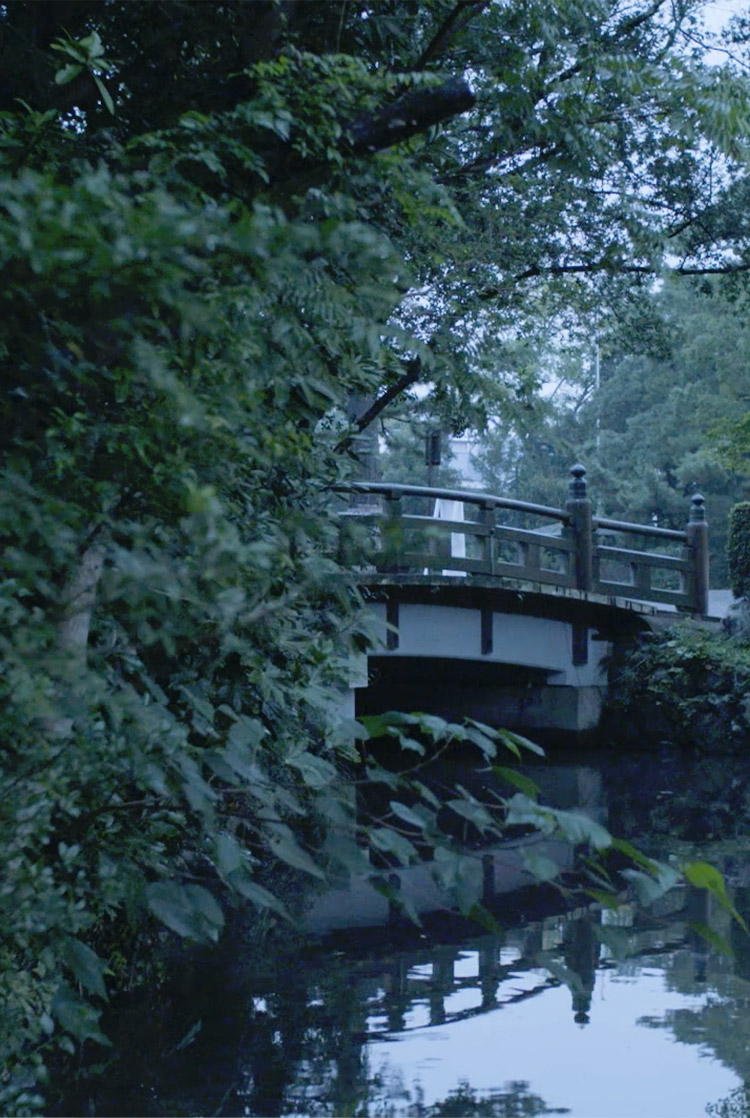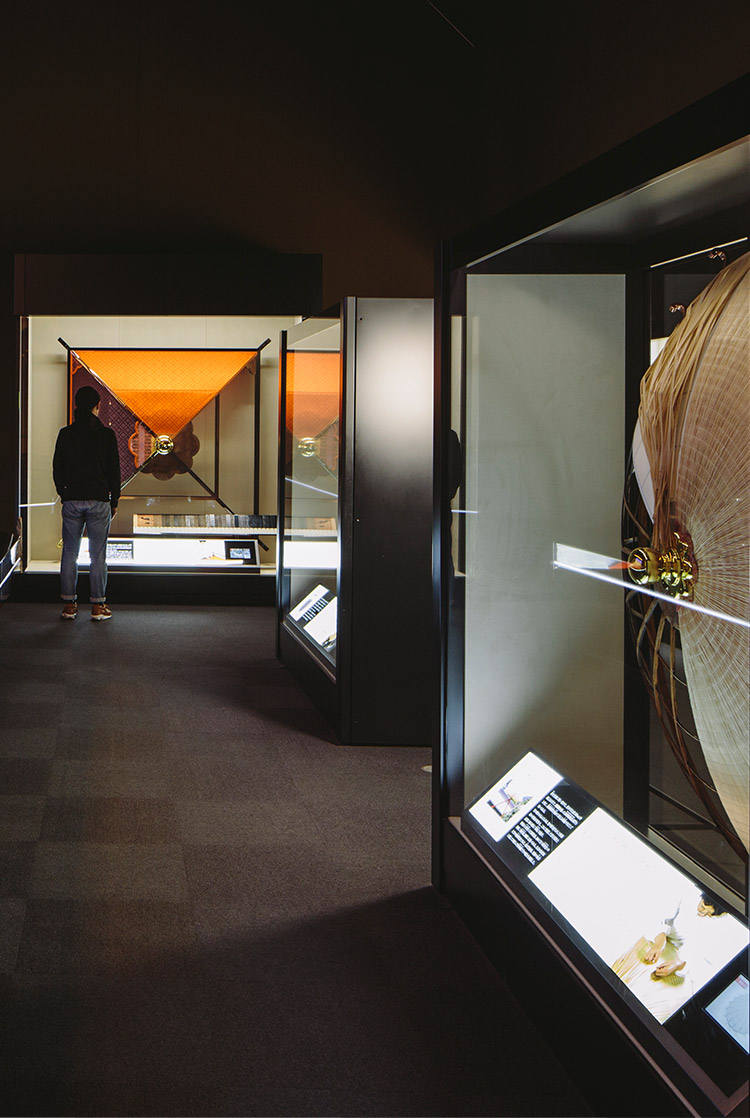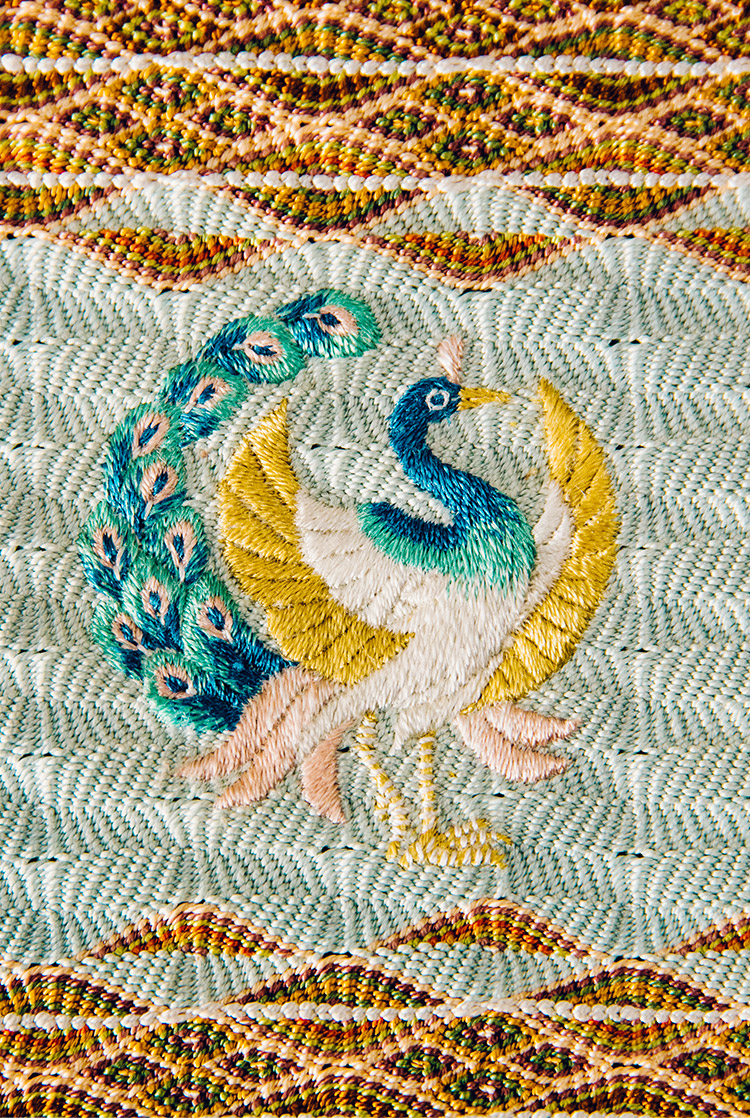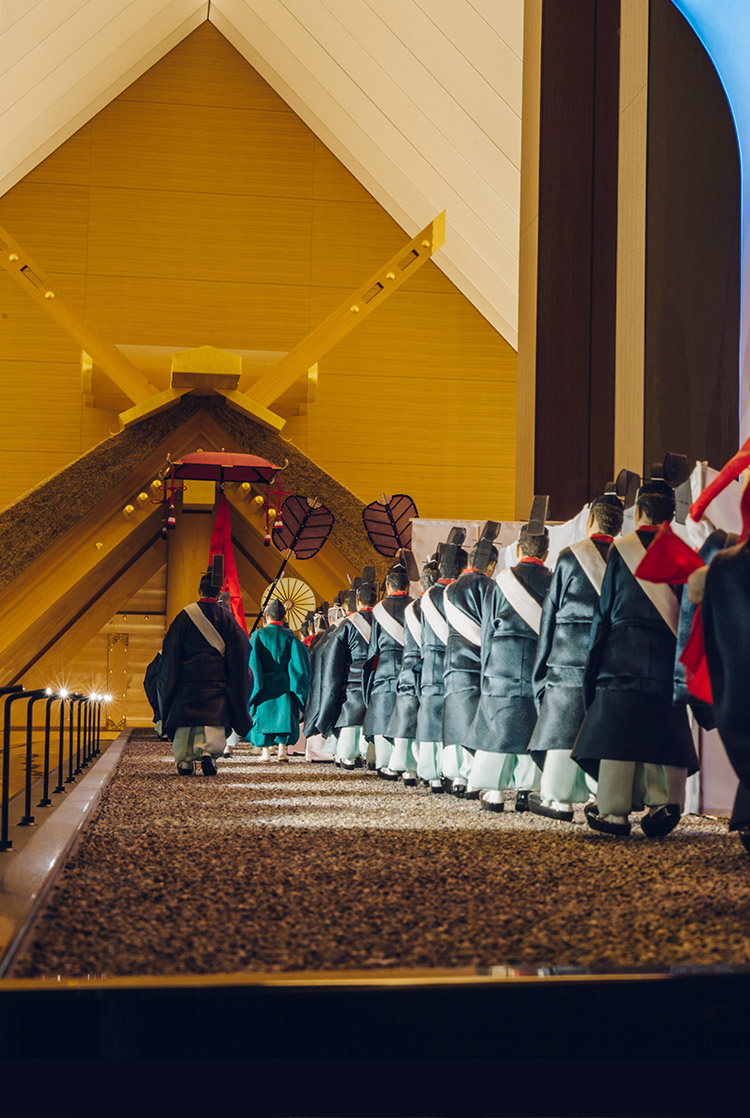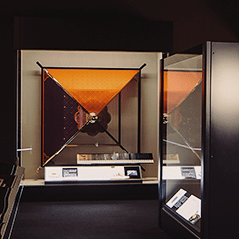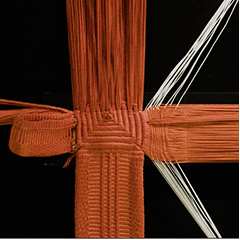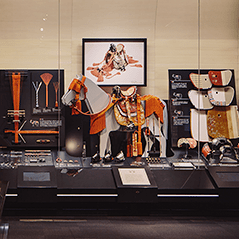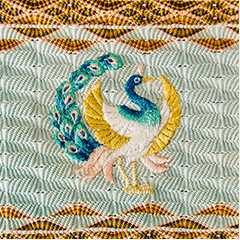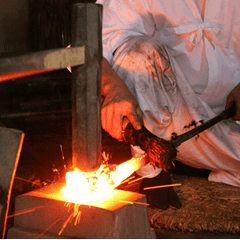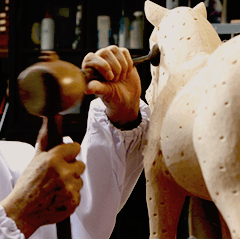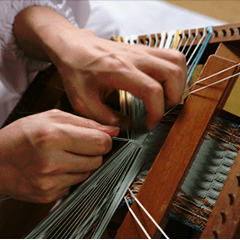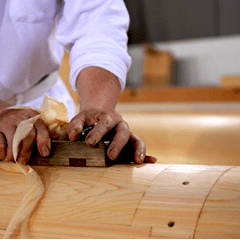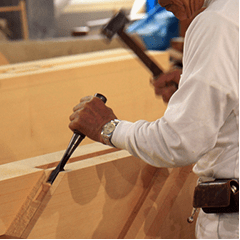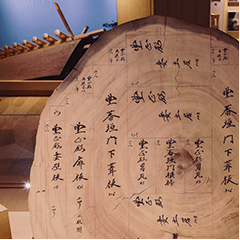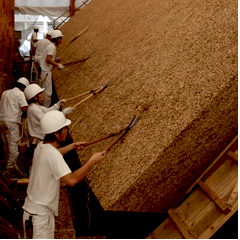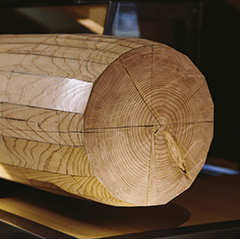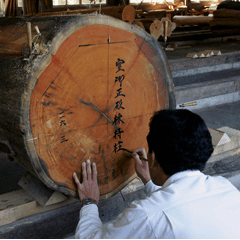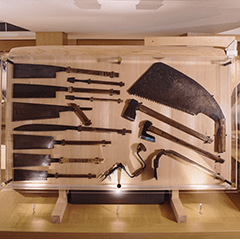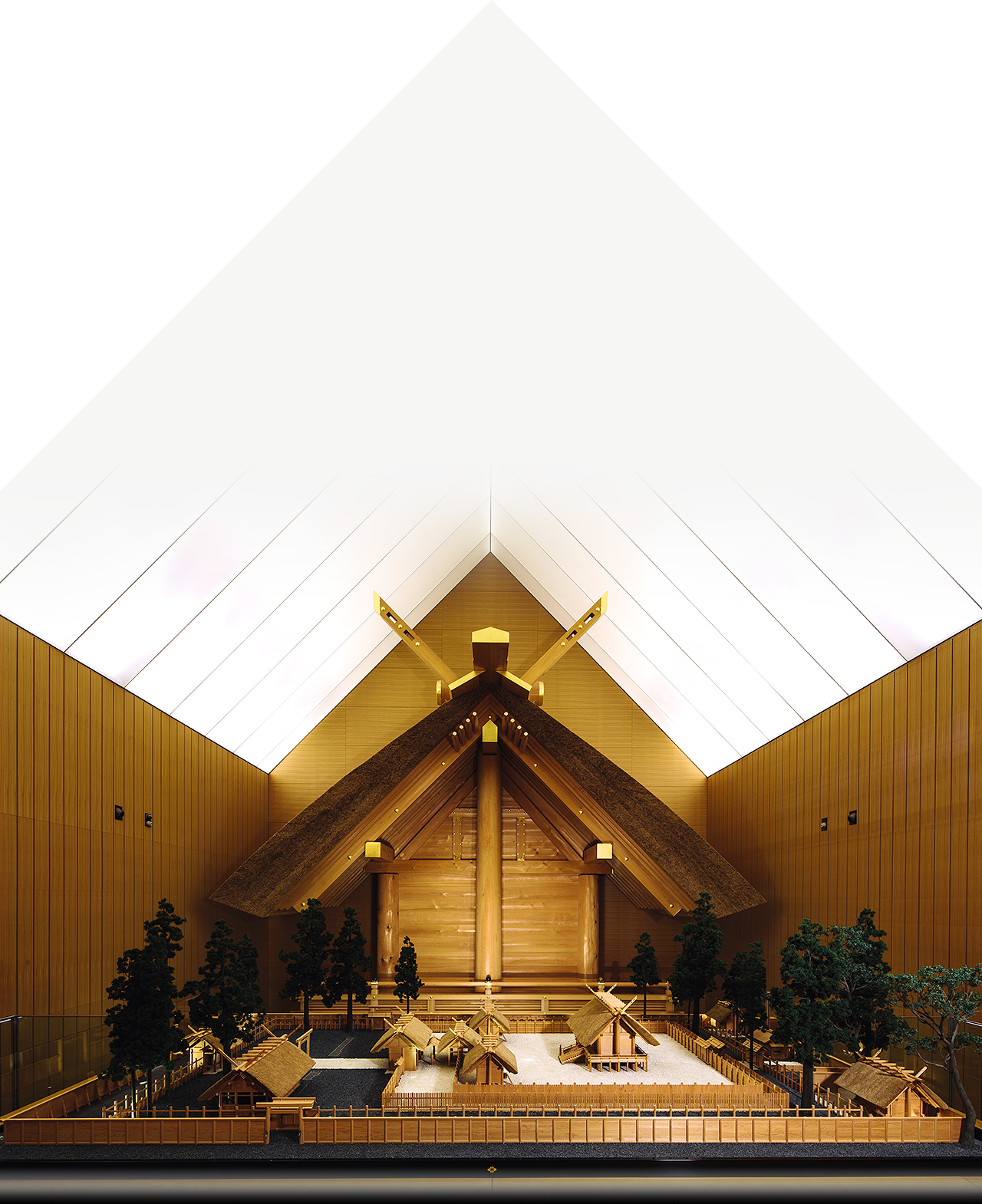








































































Come and Observe,
Feel and Experience
the Sengu tradition.
The Ise Jingu has continued to conduct Shikinen Sengu (Periodical Renewal) for approximately 1300 years. Not only the main sanctuary buildings of Naiku and Geku, but all the sacred structures sitting on the other small sanctuary buildings and the Onshozoku-shinpo (the sacred adornments and treasures dedicated to the deities) are made anew every twenty years. This grand national ceremony plays an important role in passing down the spirit of Japanese culture and traditional techniques to the future generations—it is not solely the renewal of all the physical structures.
Sengukan is a museum which exhibits an extensive array of knowledge and historical items concerning the Shikinen Sengu. It is otherwise known as the “Divine Archives.” Simply enjoy these precious records, retrace the origin of Japan, and envision the future of the Ise Jingu.
What is Sengukan?
Sengukan is a museum which reveals Ise Jingu’s Shikinen Sengu ritual, through a variety of exhibits. These include the life-sized reconstruction of a structure in which a deity is enshrined and displays of the instructional materials followed to create sacred adornments and treasures for the deities. The museum aims to carry on the spirit of Japanese traditional culture that has been handed down through the Shikinen Sengu.

What is
Shikinen Sengu?
Shikinen Sengu means a “periodical renewal.” The Ise Jingu has traditionally conducted this ritual every twenty years, rebuilding its sanctuary buildings in the adjoining two sacred sites alternately. Since then, this tradition has continued for 1300 years as one of the nation’s largest events. The year 2013 saw the 62nd Shikinen Sengu ceremony.
Along with the rebuilding of sanctuary buildings, all the ornaments inside the sanctuary buildings as well as Onshozoku-shinpo (a variety of sacred adornments and treasures offered to deities) are also renewed to praise the unlimited blessings of Amaterasu-omikami (the deity enshrined in Naiku) and pray for national peace and prosperity.
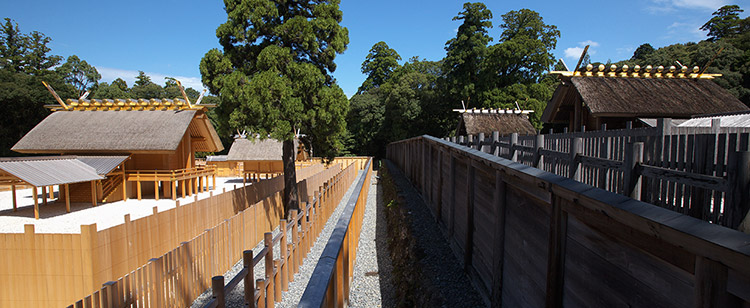

Mizuho-no-Kuni(The Land of Robust Rice Plants)
Since ancient times, Japan has been called Toyoashihara-no-Mizuho-no-Kuni, a poetic name for Japan which means “the land of flourishing through an abundant rice harvest.” The oldest official history book of Japan, Nihon shoki, says that in the age of deities, Amaterasu-omikami imparted the method of rice farming to her grandson Ninigino-mikoto who descended from heaven, in the hope that Japanese people could subsist on rice. Since then, the people have continued to cultivate rice, given thanks for harvest every year, and held festivals to pray for peace in the sacred forest.
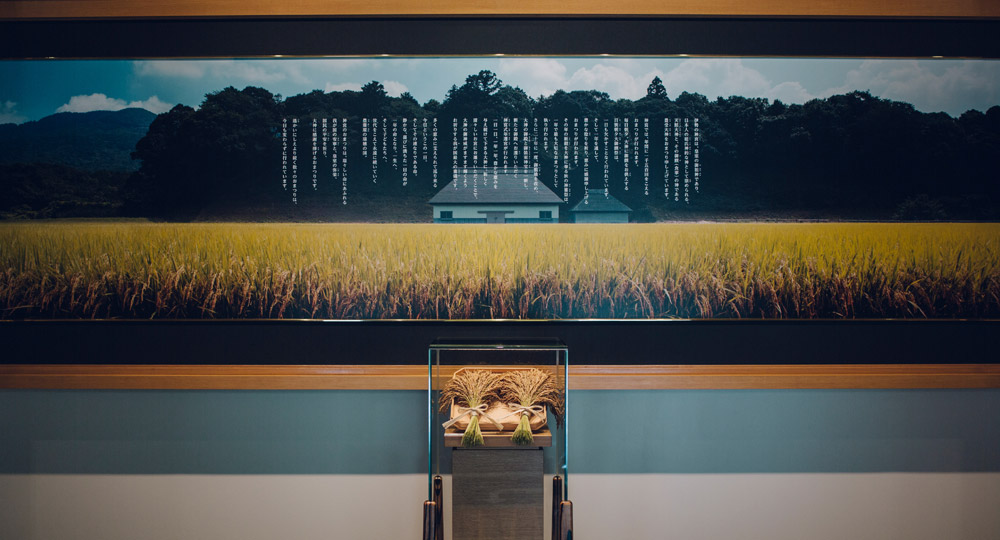

What is
Onshozoku-shinpo?
Apart from the sanctuary buildings, what is also renewed is called Onshozoku-shinpo. Onshozoku is the term for a variety of adornments for the sanctuary buildings, divine garments, and many articles as symbols of dignity shown during the course of the transfer of the symbol of the deity. Shinpo is the term for all the sacred treasures dedicated to the deities, such as arms, trappings, implements for spinning and weaving, instruments, and stationery. Each and every item is made anew every twenty years by over 2,000 leading skilled carpenters and artisans of the present day, using the finest domestic materials, just like in the ancient times. These items, with an indefinable harmony of colors as well as brilliant, stylized forms, perfectly embody the beauty of the land of Japan. After being inspected by the Emperor, all the adornments and treasures are offered to the deities.

The scale model
of the Geku shrines
This is the one-twentieth reproduction of the Geku. This meticulously fabricated model shows us the details of the Geku main sanctuary buildings where Toyoukeno-omikami is enshrined, and its neighboring small sanctuary buildings used for many Shinto rituals. Only three times a year, on great occasions, such as Kanname-sai (a Shinto rice harvest festival), specially-prepared food and rice wine are presented as an offering in front of the Geku. Apart from the special occasions, food and rice wine are offered to deities such as Amaterasu-omikami every morning and evening at the Mikenden, which is located north-east of the main sanctuary buildings and was constructed in an even older architectural style.
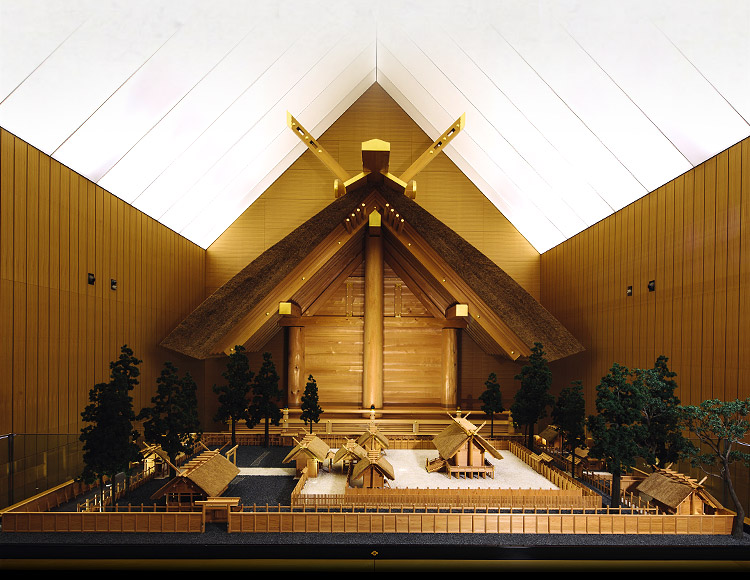

Multilingual
audio guides (free)
The Sengukan museum provides a multilingual audio device, called “voice pen,” and a museum map to explain Shintoism, the Shikinen Sengu ceremony, and the background of the Ise Jingu Shrine to foreign visitors.
Our audio guides have multilingual versions, such as English, Chinese (with the printed versions in both simplified and traditional Chinese), Korean, French, Spanish, German, and Italian. We are very happy if these devices help foreign visitors as well as guides and interpreters to understand more about the Ise Jingu.
These easy-to-use audio guides are available at the reception desk. Please inquire when visiting the museum.
- * The multilingual audio guides are free. Note, however, a deposit of 1,000 yen is required before use. (The deposit will be returned after use.)
- * These audio guides are exclusively for foreign visitors.
- * A voice pen, earphones, and a museum map are provided as a set.
- * Please ask a receptionist to learn more about these audio guides.
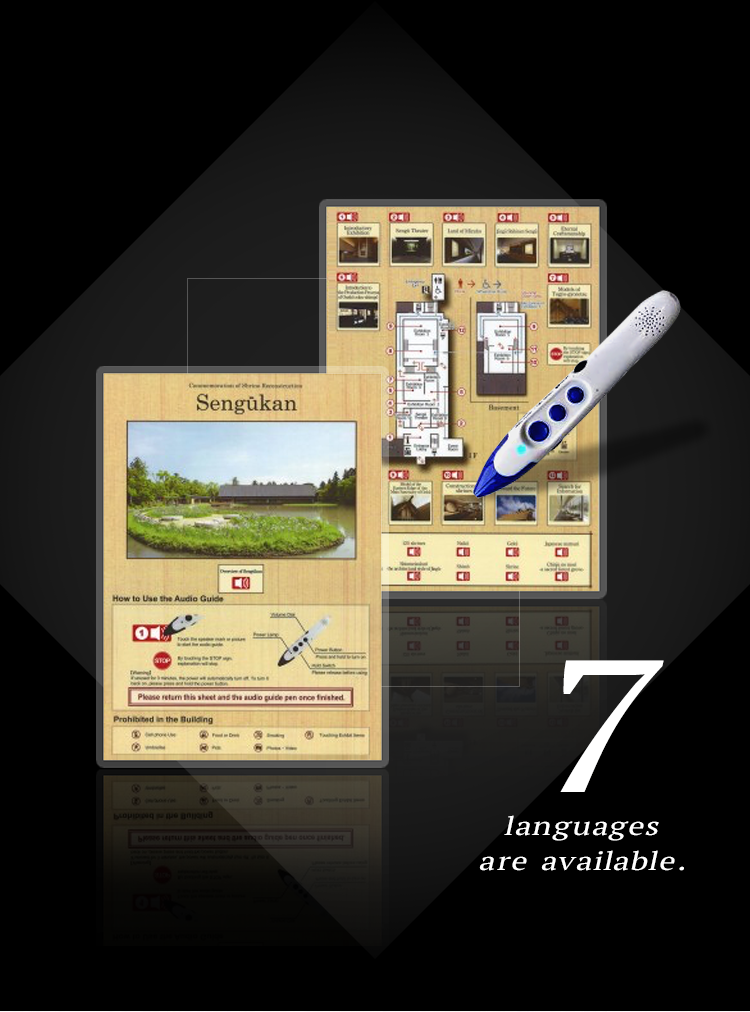
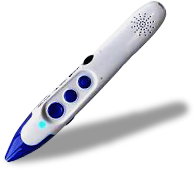
Getting here
Sengukan is located in Ise Jingu Geku.
- Sengukan:
- (Magatama pond, Geku) 126-1
Maeno, Toyokawa-cho, Ise city,
Mie Pref. 516-0042, JAPAN
Opening hours
- Hours:
- 9:00 a.m. – 4:30 p.m.
(last entry 4:00 p.m.)
- Closed:
- The second and fourth Tuesdays of every month
(or the next day if Tuesday falls on a national holiday)
The museum is subject to close or change the opening hours without notice due to changing exhibits.
For more information, please feel free to call in advance.
Tel : +81-596-22-6263
Some can explain general information about the museum and answer simple questions in English. A museum tour in English is not provided. Multilingual audio guides are available.
Visitors can use the parking lots provided outside the Ise Jingu.
Coin lockers are available. A deposit of 100 yen is required and will be returned after use. Please leave any large luggage at the reception desk.
Wheelchairs are allowed. An elevator is provided at the east end of the museum.
Pets are not permitted in the Ise Jingu. Please leave your pets in the watchhouse at the entrance of Geku. Service dogs are welcome.
Yes. We have a multi-purpose restroom with a diaper changing table. Unfortunately, a lactation room is not provided.
These are the Japanese irises:Kakitsubata (one inside the pond ) and Hanashoubu (the other around the pond).
The best season for viewing Kakitsubata is May and Hanashoubu is June.
For groups of over twenty people, each can enter the museum with the reduced admission rate of 200 yen. Free admission is not available.
Wi-Fi service is not available inside the museum or Geku. However, it is available at the tourist information office in front of Geku.






